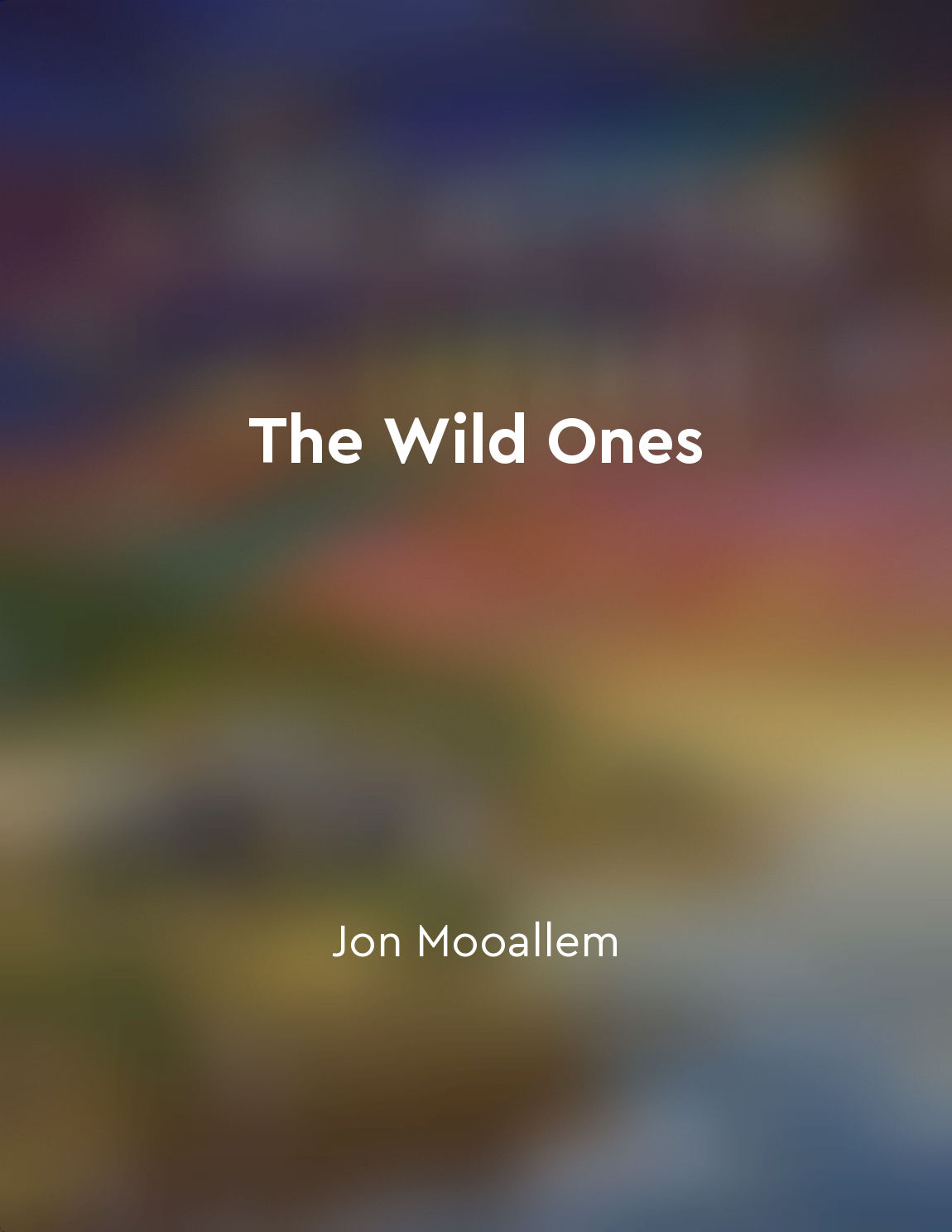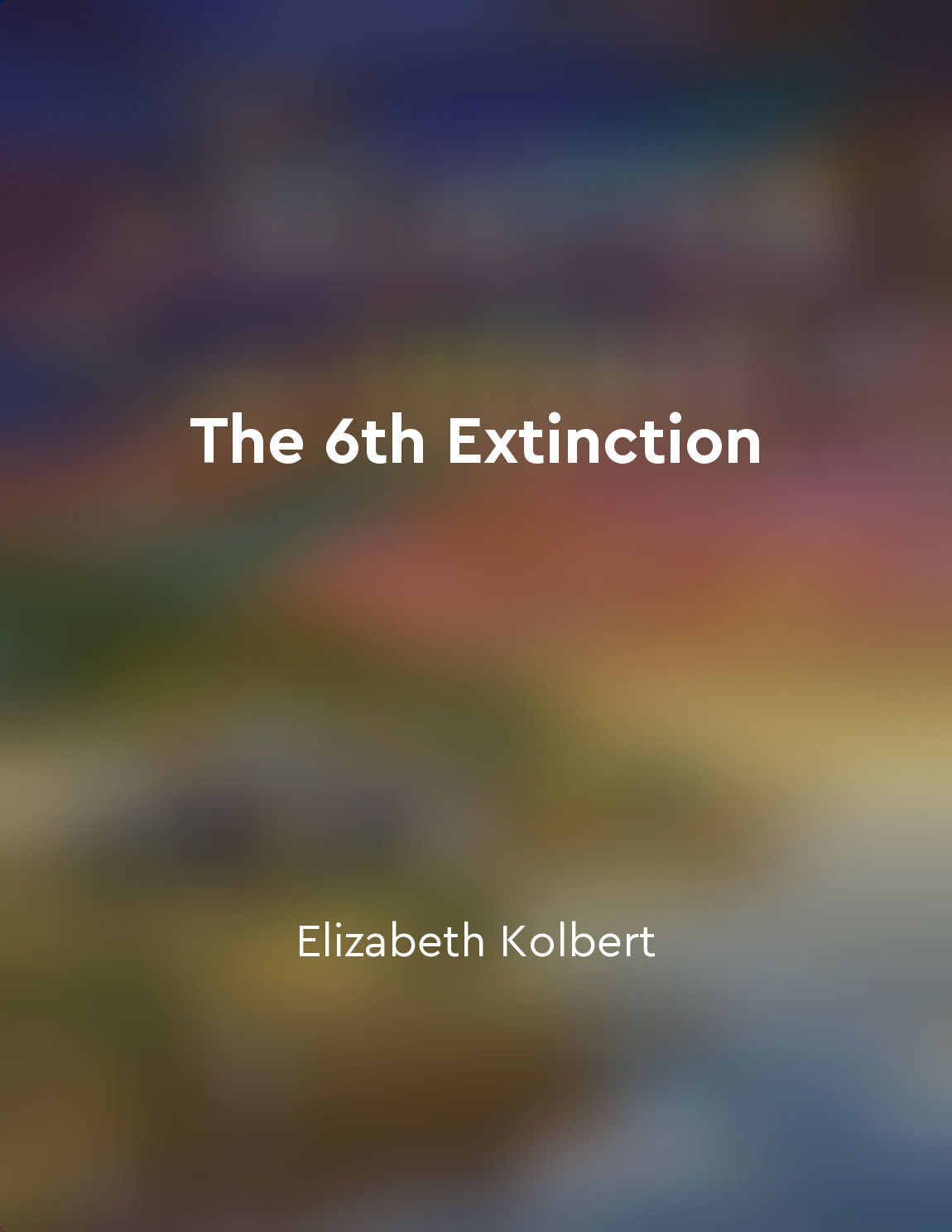Cities crumble, wildlife thrives from "summary" of The World Without Us by Alan Weisman
In the absence of human activity, cities slowly start to deteriorate. Without maintenance, buildings and infrastructure start to decay. Man-made structures, designed to withstand the elements and constant use, begin to succumb to the forces of nature. The foundations weaken, cracks appear, and eventually, the structures collapse under their own weight. As cities crumble, nature begins to reclaim the urban landscape. Plants push through cracks in pavement, trees grow on rooftops, and vines cover the facades of buildings. Without human interference, wildlife starts to flourish in this reclaimed territory. Animals that were once displaced by urban development start to return, finding new habitats in abandoned buildings and overgrown parks. Birds build nests in deserted skyscrapers, while rodents scurry through empty streets. Nature starts to heal the scars left by human civilization. Rivers and streams, once polluted by industrial waste, start to run clear again. Wetlands, paved over for development, are restored, becoming thriving ecosystems once more. The air becomes cleaner as factories shut down and cars are abandoned. The absence of noise pollution allows wildlife to communicate freely, and the night sky is filled with the sounds of chirping crickets and howling wolves. In this world without us, nature shows its resilience and ability to adapt. The balance that was disrupted by human activity starts to restore itself, with ecosystems finding new harmony in the absence of human intervention. As cities crumble, wildlife thrives, reminding us of the fragility of human civilization in the face of the unstoppable forces of nature.Similar Posts

Keep a journal to track your emotions and thoughts
One powerful tool for self-awareness and personal growth is the practice of keeping a journal. By taking just a few minutes eac...
Acknowledge your own flaws and work on selfimprovement
It is important to reflect on our own imperfections and strive for self-improvement. By acknowledging our flaws, we can take th...
Pesticides harm the environment
The widespread use of synthetic pesticides has brought about a crisis in the natural world, poisoning not only the pests they w...

Humans' interactions with wild animals shaped by societal norms
Throughout history, societal norms have played a significant role in shaping humans' interactions with wild animals. These norm...
Embracing discomfort leads to growth
I have come to understand that growth springs from discomfort, from stepping out of our comfort zones and confronting the unfam...
Inspiration
The idea of planting trees came to Elzéard Bouffier quite naturally. It was not a grand plan or a calculated decision; it was s...

We must take responsibility for the damage we have caused to the natural world
The idea that we must take responsibility for the damage we have caused to the natural world is a central theme in "The 6th Ext...
Nature is a source of beauty and inspiration that can enrich our lives
In our increasingly urbanized and technology-driven world, many of us have become disconnected from the natural world. We spend...
